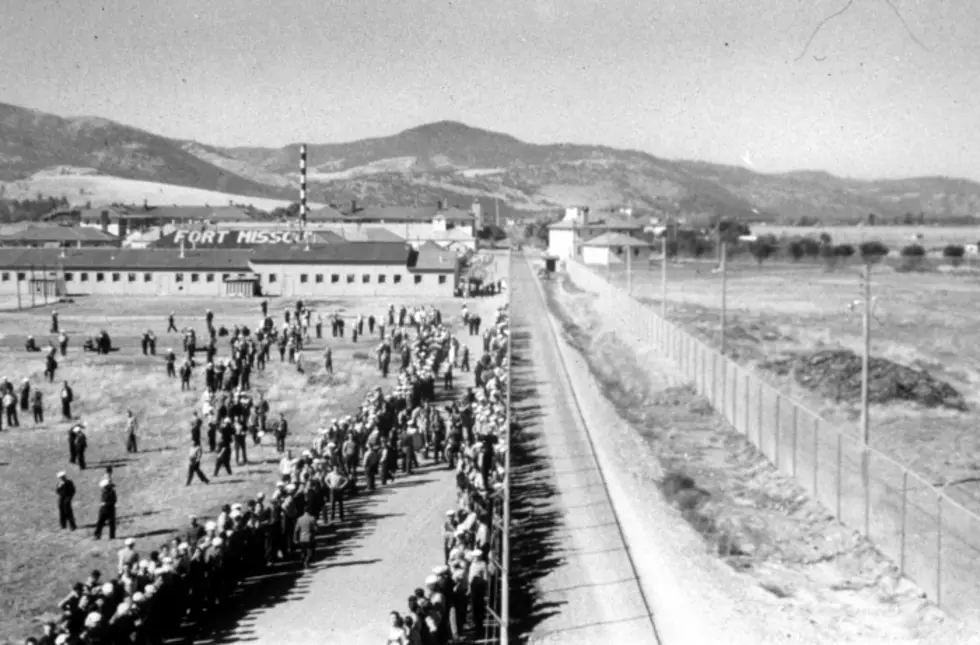
Missoula County seeks federal funds to restore Fort Missoula internment camp
Missoula County commissioners on Tuesday approved an application for federal funding to restore barracks used during World War II to imprison American citizens of Japanese and Italian descent.
“This is a crucial step toward the full restoration of these buildings and in helping to advance the Historical Museum’s effort to tell the story of these internment camps,” said Matt Lautzenheiser, executive director of the Historical Museum at Fort Missoula, which will submit the funding request.
“Adding two fully restored barracks to our interpretation will help us better inform the public and raise awareness of the 2,200 Japanese and Italian nationals held at Fort Missoula during World War II," Lautzenheiser said.
The museum is asking for $40,000 from the Japanese American Confinement Sites Program, created by Congress in 2009 to provide financial assistance to organizations and entities working to preserve historic Japanese American internment camps and their history.
The money would help hire a preservation architect to conduct an on-site assessment of two of the original barracks, and provide a plan for their reconstruction and preservation.
“We have a good shot at getting this grant,” Lautzenheiser said. “There aren’t many of these barracks left, and we have two of them, fairly intact, which gives us a unique ability to tell the story through physical structures, programs and exhibits.”
Built in 1877 as a military post, Fort Missoula was turned over to the Department of Immigration and Naturalization in 1941 for use as an “Alien Detention Center for non-military Italian men.”
In response to the attack on Pearl Harbor and ensuing war, Japanese internment camps were established through an executive order by President Franklin Roosevelt in 1942.
According to the historical museum, about 1,100 Italian Americans were held at Fort Missoula, along with 1,000 Japanese Americans and 100 German nationals. The Italians, who referred to Fort Missoula as Camp Bella Vista, were required to worked on area farms, fight forest fires and work in other Missoula industries before being released in 1944.
“Restoring and preserving these sites will engage new audiences and promote important conversations about contemporary issues over the past decade,” Lautzenheiser said Tuesday. “It’s often said that history repeats itself. Unfortunately, that’s true. It’s important that we help raise national awareness of a difficult and important part of our history.”
Contact reporter Dave Stalling at: dstalling@missoulacurrent.com
